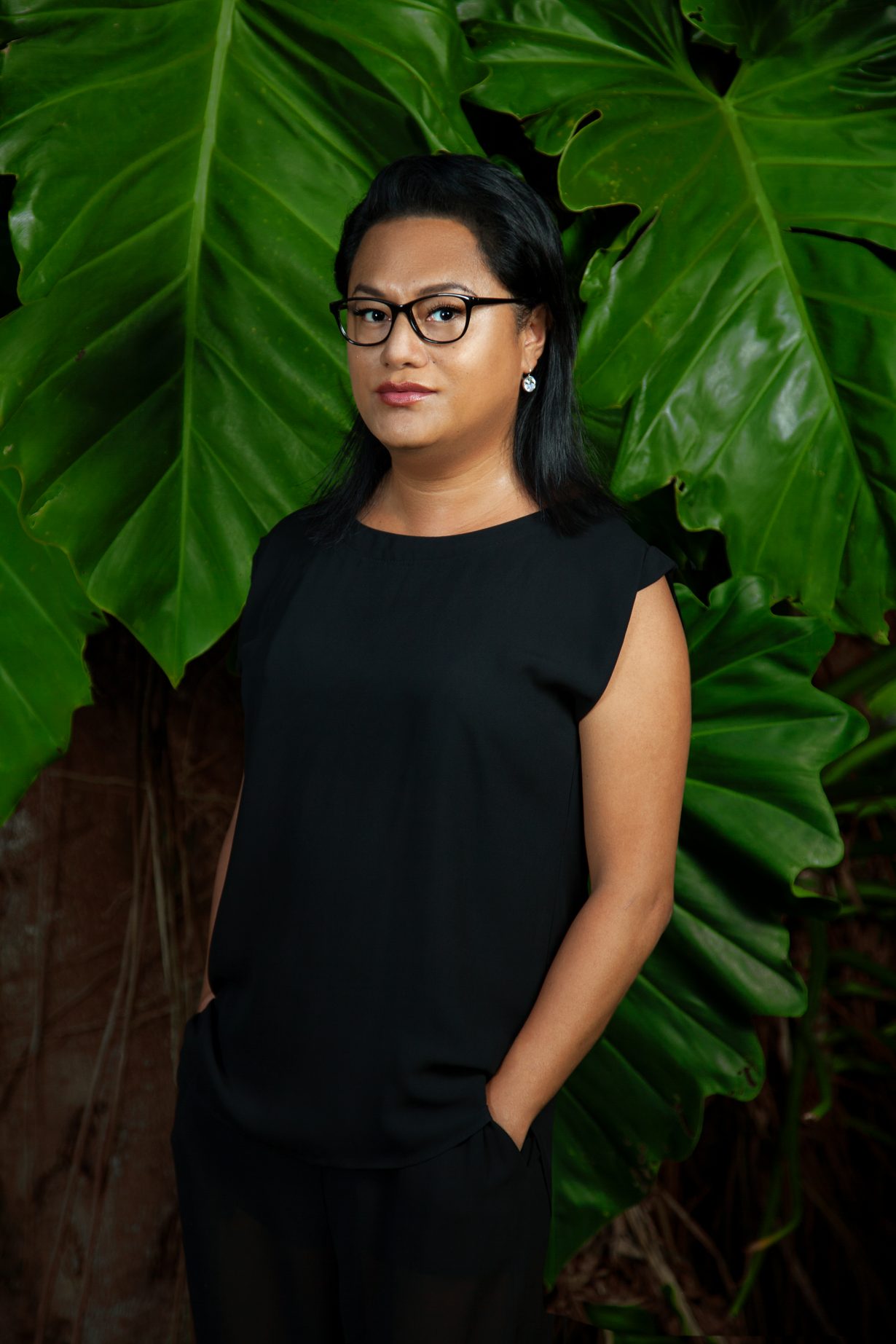
ArtReview sent a questionnaire to artists and curators exhibiting in and curating the various national pavilions of the 2022 Venice Biennale, the responses to which will be published daily in the leadup to and during the Venice Biennale, which runs from 23 April to 27 November.
Yuki Kihara is representing New Zealand; the pavilion is in the Arsenale.
ArtReview What can you tell us about your exhibition plans for Venice?
Yuki Kihara Paradise Camp explores the intersectional experiences of Fa’afafine – Sāmoa’s ‘ʻthird gender’ LGBTIQ+ community that I belong to. It was produced in Sāmoa prior to the global pandemic and involved almost 100 people. I wouldn’t have been able to produce Paradise Camp with all the social distancing rules we have at the moment, so I count myself lucky to have been able to commence work so early. Even though the majority of the work had been made when the Biennale Arte was postponed in 2020, the work and its context have a timeless quality – it’s now more relevant than ever.
The exhibition is an interplay of words, where the camp aesthetic is deployed to challenge the popular romanticism commonly associated with the Moana Pacific being a remote and untouched paradise that often masks the reality of Indigenous experiences. It also explores the legacy of the New Zealand colonial administration of Sāmoa and the resilience of Fa’afafine.
AR Why is the Venice Biennale still important?
YK The unique format of the Venice Biennale, including the curated group exhibition and the national pavilions, provide a rich conversation, however, I don’t think the relationship between the two events are nuanced enough in the public discourse. The 59th Venice Biennale is not only the first edition to happen during the COVID-19 pandemic, but it also marks a turbulent time in global history where waves of social justice movements – Black Lives Matter, #MeToo, climate justice, Trans visibility and Indigenous sovereignty, to name a few – are all coming together. So I see the 59th Venice Biennale being a crucial moment in his/her/theirstory by turning the page.
AR Do you think there is such a thing as national art? Or is all art universal? What is misunderstood or forgotten about your country’s art history or artistic traditions?
YK There seems to be a perception that Aotearoa New Zealand is a forgotten outpost of the British commonwealth in the Moana. On the contrary, the country has its own narrative, artistic traditions and systems informed by many ‘theirstorical’ events, among others, including the Treaty of Waitangi and the longstanding relationship with the wider Moana Pacific region.
Being a dual citizen of Aotearoa and Sāmoa also alludes to the postcolonial relationship between the two countries, given that Sāmoa was a former colony of ‘the Crown’ or the New Zealand government. I think there’s some irony in me being a Sāmoan artist using the New Zealand pavilion to critique the very country that we have a complex history with.
AR Which other artists from your country have influenced or inspired you?
YK I’ve been inspired by the work of Fatu Feu’u, who is credited as being the godfather of contemporary Pacific Art in Aotearoa. I was first introduced to Feu’u’s work by my art teacher when I was a college student in the 1980s. I felt like his unique visual language featuring symbols and motifs which referenced customary Sāmoan siapo or painted bark cloths gave me the licence as a young artist to explore my migrant experience in Aotearoa. Another artist who inspires me is Robyn Kahukiwa whose visceral and poetic paintings take me to the heart of Māori cosmology and the politics of self-governance. I really encourage everyone to look at her work.

AR How does having a pavilion in Venice make a difference to the art scene in your country?
YK Given that I’m the first artist from New Zealand and Samoa to present at the Biennale Arte who is Pasifika, Fa’afafine and Asian, I’m conscious that my selection comes at a time in Aotearoa where people of colour and Queer peoples are being recruited by institutions as a token gesture to multiculturalism and diversity. The main audience for Paradise Camp is the Fa’afafine community and if the Fa’afafine community feel empowered by Paradise Camp, then I’ve done my job as an artist.
AR If you’ve been to the biennale before, what’s your earliest or best memory from Venice?
YK I’ve visited the Venice Biennale twice – once in 2009 and again in 2011. I showed up both times during the summer when it was muggy and packed with people. When Natalie [King] and I were selected to represent the New Zealand pavilion, we travelled to Venice in November 2019 to scout for locations to present Paradise Camp – this is because New Zealand doesn’t have a permanent pavilion. We arrived in Venice a day after the worst flooding took place, where everyone was walking around in gum boots. It sadly reminded me of Sāmoa during our cyclone season where the whole township of Apia flooded due to torrential rain and high tide.
AR What else are you looking forward to seeing?
YK Sāmoa, Aotearoa and Venice might be a distance from each other but we’re all living on islands surrounded by mass bodies of water. With this in mind, I’m looking forward to seeing works from artists at the Venice Biennale who come from this similar context.